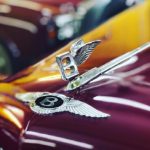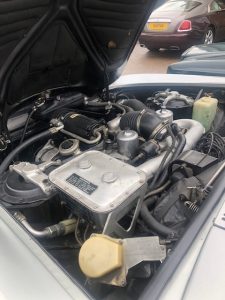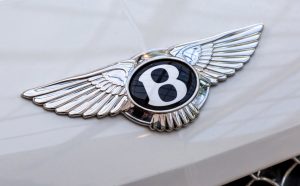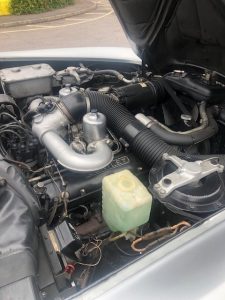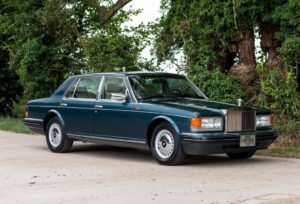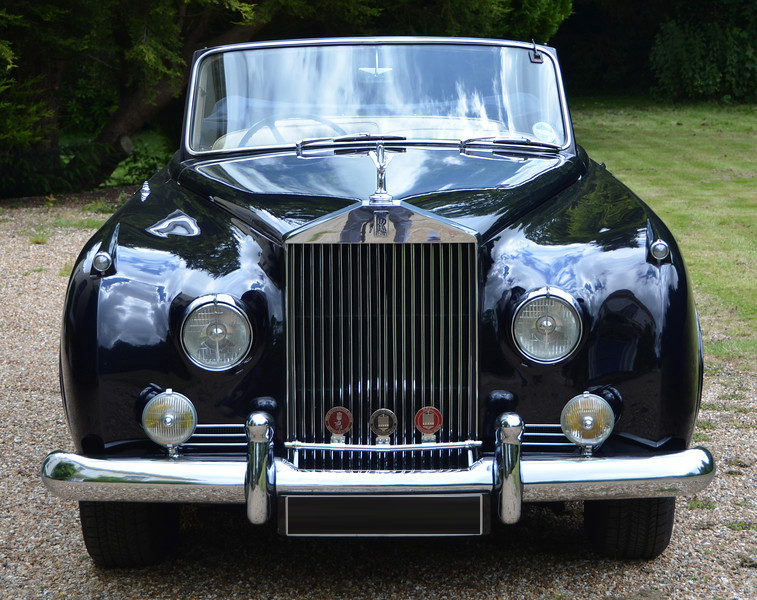
Henry Royce worked on a variety of mechanical and electrical technologies for 20 years before choosing to concentrate on the vehicle in 1904. The English engineer, who was confident he could produce much better automobiles than those being produced on the French side of the English Channel, managed to persuade Charles Rolls, an aristocrat and native countryman, of his abilities. The two teamed up to start Rolls-Royce two years following, in 1906, and what followed is legendary in the world of automobiles. In today’s world, Rolls Royce is considered to be a luxurious car with Royal attire which is very rare to be seen on the road and so is the Rolls Royce Servicing Centre.
Here are some unknown facts about the luxury car:
-
The first-ever version of Rolls Royce had ten horsepower:
The initial Royce design debuted in 1904 and featured a 1.8-liter, two-cylinder engine with 10 horsepower. The Royce 10 had a twin camshaft engine that controlled the overhead and side exhaust valves, as well as a three-bearing crank. A three-speed manually operated gearbox was connected to that mill to get the entire thing moving.
-
The rights to the ornament cost BMW tens of millions of dollars:
The rights to The Spirit of Ecstasy belonged to Volkswagen when BMW purchased Rolls-Royce from them in 2002. BMW approved the requirements and paid a sizable sum after accepting an offer from Volkswagen for $40 million for the transfer of ownership of the property.
-
More than 60% of all Rolls-Royce vehicles are still operating:
Making strong, long-lasting automobiles has always been a priority for Rolls-Royce. Not less than 65 percent of the total Rolls-Royce vehicles that have ever left the manufacturing line are still in use and are currently on the roads, demonstrating the company’s dedication to exceptional manufacturing standards.
-
One time, Rolls-Royce produced a machine gun with a.50 calibers:
For the nineteenth century, it was also fairly groundbreaking. Dr. Spirito Mario Viale, the chief of the technical department at Rolls-Royce, worked to enhance the Browning M2, a standard machine gun, during World War II. In contrast to the conventional gas technique, the Rolls-Royce. 50 cal had a locking breech, fired twice as fast, and weighed less than the M2. The Browning remained the preferred firearm despite its frequent jamming issues and excessive muzzle flare. In Leeds, England’s Royal Armouries Museum, one specimen continues to be believed to be in existence.
-
The 300 mph club was founded with the assistance of a Rolls-Royce engine:
When Andy Wallace, driving a Bugatti Chiron hypercar, reached 304.77 mph last year, the automobile industry was shaken. The first car to reach that magical speed was a Rolls-Royce, though. In the 1930s, the Rolls-Royce V-12 engine’s 2,300 horsepower, 36.7-liter supercharged engines were renowned for their ferocious power and dizzying speed. Sir Malcolm Campbell, driving a Campbell-Railton Blue Bird equipped with a Rolls-Royce V-12, established the speed record in 1933, reaching 272.46 mph. At the Utah Bonneville Salt Flats in 1935, Campbell made a run of 301.33 mph with his crude land rocket.
Emerging from the nineteenth century and continuing its legacy to date, Rolls Royce has proved to be an unbeatable exception in the manufacturing industry. However, due to the rare parts and unique mechanisms, it is very rare to find a trusted company for your Rolls Royce servicing. You can undoubtedly contact The Chelsea workshop, a Rolls Royce and Bentley specialist since 1977. Visit our website for more details.



